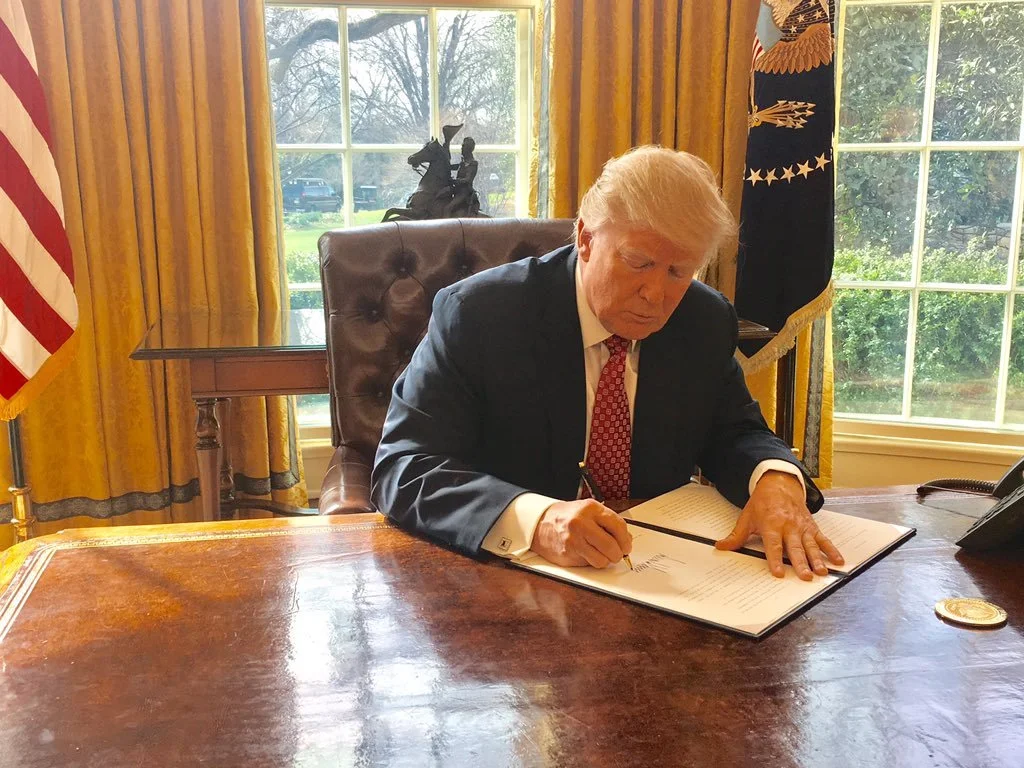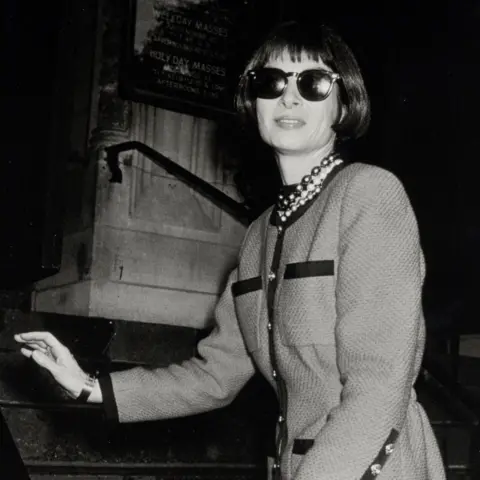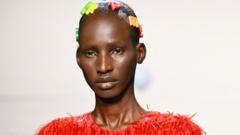In recent seasons, the high fashion industry seems to be retracting from the body positivity materials that once captivated the 2010s. Amid the glamour of Paris Fashion Week, a stark trend emerges: a notable decline in the representation of plus-sized models. The industry, which briefly embraced diverse body shapes, is now seeing a shift back to slim models, partly fueled by popular weight loss medications.
The body positivity movement, born out of a desire for inclusivity and acceptance, gained momentum in the 2010s, promoting the beauty of all body types. Influencers and celebrities, especially the Kardashian family, played a significant role in challenging outdated beauty standards, celebrating curves and shifting perceptions toward body diversity.
However, a decade later, industry insiders report that brands are increasingly reverting to the archaic "ideal" of thinness. Throughout the fall and winter shows of 2024, a mere 0.8% of looks featured plus-sized models, a striking deviation from the more inclusive practices of previous years. Designers have turned their focus back to conventional aesthetics, with some citing newfound pressure to conform to trends dictated by weight loss drugs like Ozempic, which have gained popularity among celebrities and consumers alike.
Models like Moya reflect on this sudden change, noting that while it may open more job opportunities for some, it simultaneously imposes unrealistic standards. A stark contrast is seen in comments from editorial directors who maintain that the industry should be wary of reverting to outdated beauty norms—suggesting the ongoing concern about the implications for aspiring models.
Berlin's Fashion Week unveiled the stark realities of this trend, as a t-shirt featuring the phrase "I love Ozempic" became a viral hit. Creative director Nan Li of the Namilia brand acknowledged the contentious nature of the garment, emphasizing the impact of celebrities turning to weight loss drugs without discussing their influence on body image.
In Paris, the landscape presented a mixed bag; while some designers prioritize inclusivity, others reject the notion altogether. The realities of consumer perception are shifting the dynamics, as casting directors openly admit to preferring "aspirational" models rather than diverse representation.
Despite activists striving to keep the movement alive, the facts are glaring. Casting agencies report significant drops in bookings for plus-sized models, revealing a systemic bias re-emerging in the modeling world. Agents and models alike express feelings of tokenism when only minimal representation is provided in campaigns, designed more for optics than authenticity.
As the industry evolves, the call for change must stem from consumers who drive demand. The cycle is complex—it is not only about what brands supply but also about the choices that consumers make. Designers and models alike hope that the pendulum will swing back toward a more inclusive fashion climate, where body positivity is woven into the very fabric of the industry once more.
The body positivity movement, born out of a desire for inclusivity and acceptance, gained momentum in the 2010s, promoting the beauty of all body types. Influencers and celebrities, especially the Kardashian family, played a significant role in challenging outdated beauty standards, celebrating curves and shifting perceptions toward body diversity.
However, a decade later, industry insiders report that brands are increasingly reverting to the archaic "ideal" of thinness. Throughout the fall and winter shows of 2024, a mere 0.8% of looks featured plus-sized models, a striking deviation from the more inclusive practices of previous years. Designers have turned their focus back to conventional aesthetics, with some citing newfound pressure to conform to trends dictated by weight loss drugs like Ozempic, which have gained popularity among celebrities and consumers alike.
Models like Moya reflect on this sudden change, noting that while it may open more job opportunities for some, it simultaneously imposes unrealistic standards. A stark contrast is seen in comments from editorial directors who maintain that the industry should be wary of reverting to outdated beauty norms—suggesting the ongoing concern about the implications for aspiring models.
Berlin's Fashion Week unveiled the stark realities of this trend, as a t-shirt featuring the phrase "I love Ozempic" became a viral hit. Creative director Nan Li of the Namilia brand acknowledged the contentious nature of the garment, emphasizing the impact of celebrities turning to weight loss drugs without discussing their influence on body image.
In Paris, the landscape presented a mixed bag; while some designers prioritize inclusivity, others reject the notion altogether. The realities of consumer perception are shifting the dynamics, as casting directors openly admit to preferring "aspirational" models rather than diverse representation.
Despite activists striving to keep the movement alive, the facts are glaring. Casting agencies report significant drops in bookings for plus-sized models, revealing a systemic bias re-emerging in the modeling world. Agents and models alike express feelings of tokenism when only minimal representation is provided in campaigns, designed more for optics than authenticity.
As the industry evolves, the call for change must stem from consumers who drive demand. The cycle is complex—it is not only about what brands supply but also about the choices that consumers make. Designers and models alike hope that the pendulum will swing back toward a more inclusive fashion climate, where body positivity is woven into the very fabric of the industry once more.




















